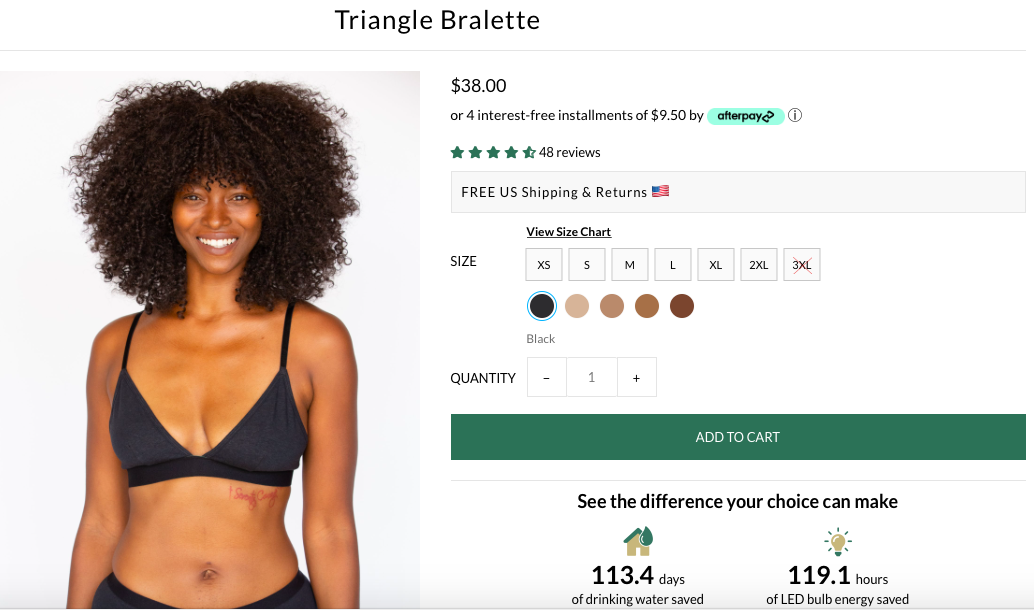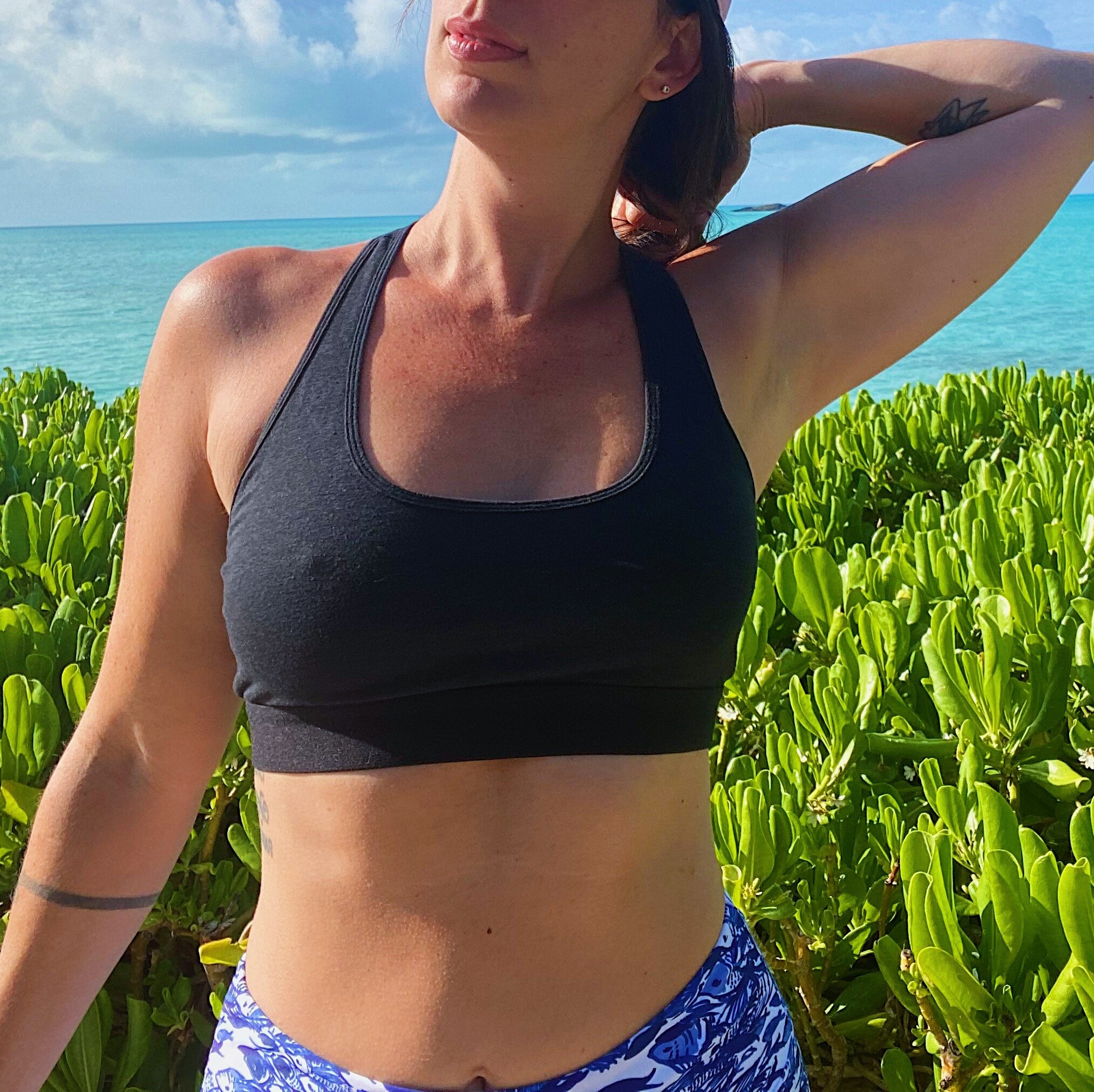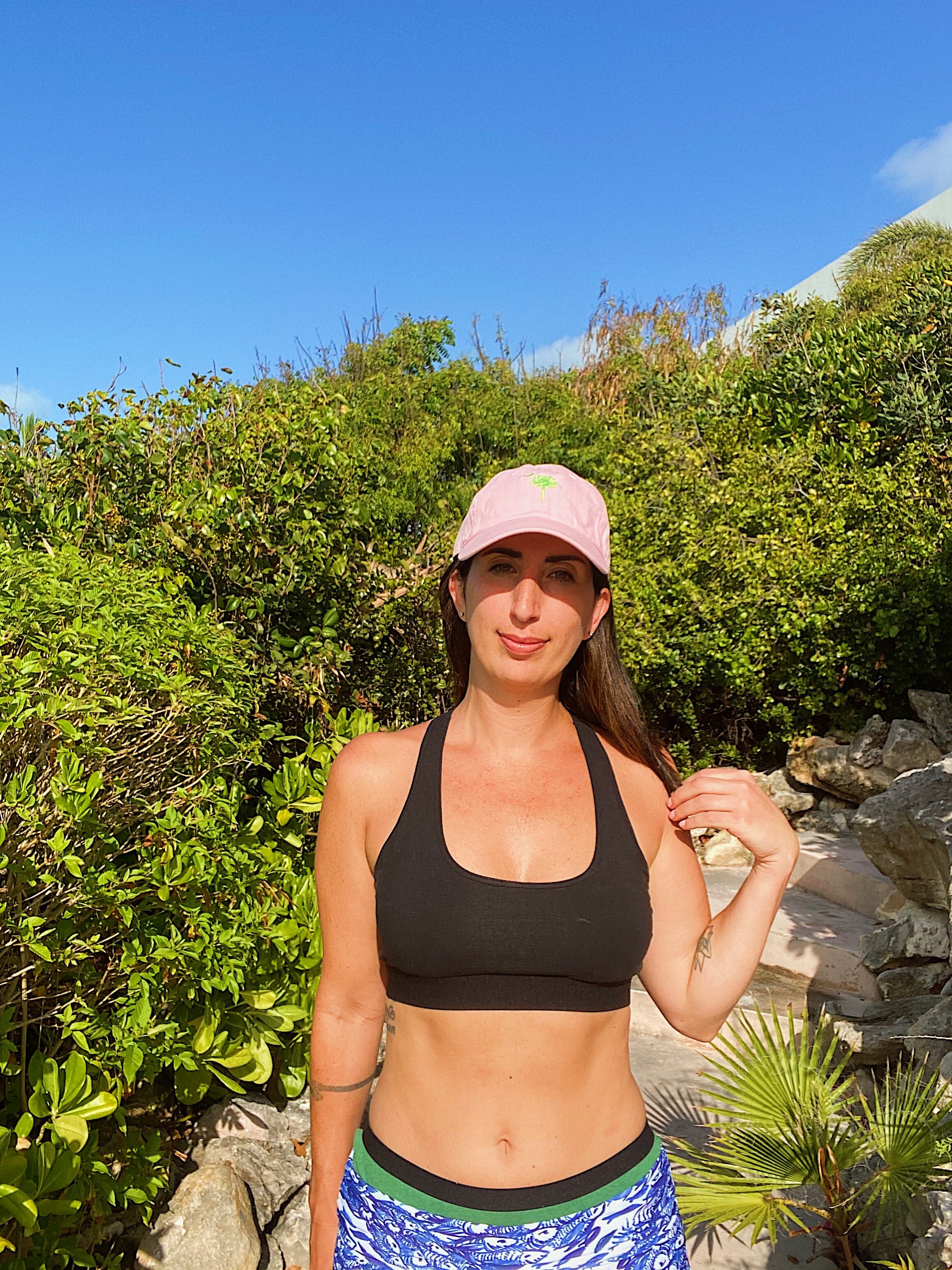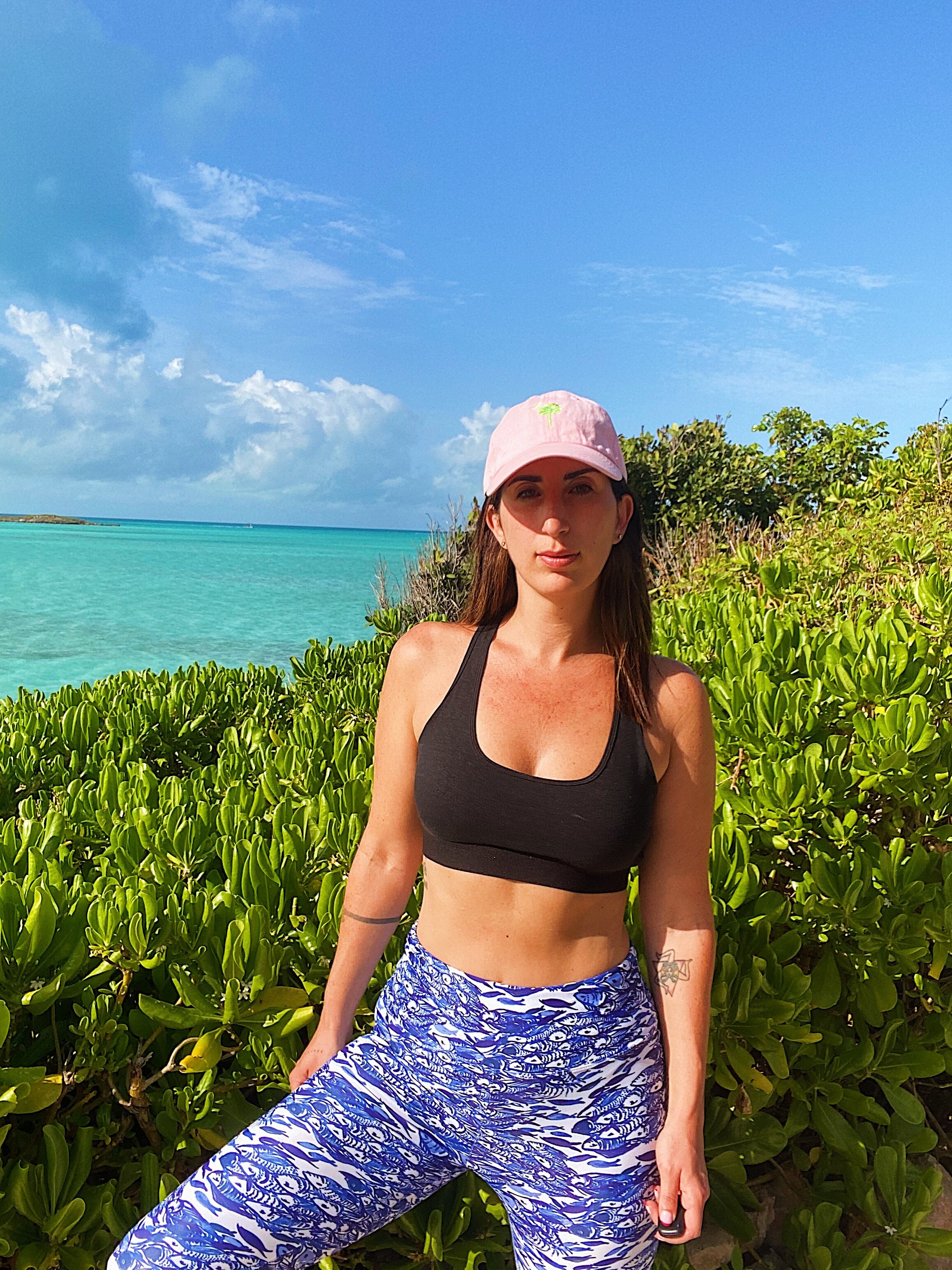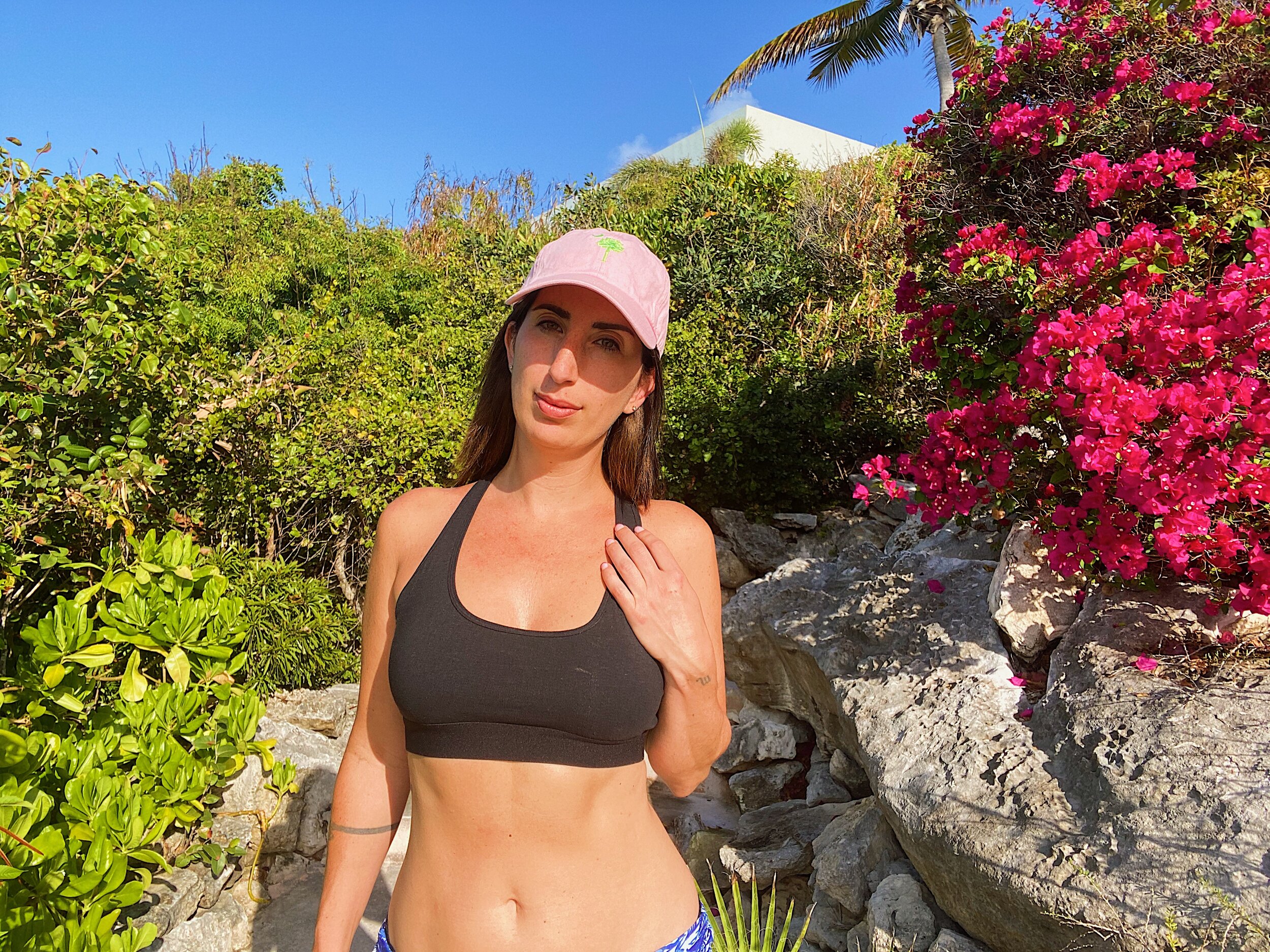Is Hemp Underwear Better Than Cotton? I Road-Tested a Few Pairs from WAMA Underwear to Find Out.
This is officially an underwear review blog. (Okay, not really. But I’m always down to share an honest review of the things I’m currently shopping, road-testing, and loving!)
When WAMA Underwear reached out to ask me to review some pieces from their pared-down line of black and green, ultra-cozy basics, and my first thought was…. “I’m one review away from being an underwear review blog.” (See also: My review of Ruby Love period underwear) I was about to leave them on read until I decided to check out the website, and honestly, it wasn’t until I saw, listed right there on each product page, how much water and LED electricity 1 kilo of these Hemp + Organic Cotton blend underwear saves (versus conventional cotton) that I was 1000% on board. I absolutely love making simple, effortless swaps that lower my carbon footprint, so it was honestly a no-brainer to give them a go!
WAMA’s offerings are very simple - there’s a tight lineup of a classic cuts - there’s one sports bra and one bralette for tops, and the options for bottoms are a thong, bikini, hipster, high-waisted underwear, and boy shorts in black and green, with a few nude tones dropping in October 2021. I did some digging, and it seems that hemp, being a natural fiber, doesn’t hold color as well as synthetic materials, so color options are by nature going to be limited.
WAMA gets extra points from me for inclusivity on the site - there’s a range of body types and skin tones among the models, and their sizing goes up to 3XL.
I tested out the racerback bralette, a bikini, and a thong, all three of which have near-perfect reviews on the website. They all have elastic bands, which could go either way - usually, I find that elastic bands on a bra or underwear will leave a massive imprint after a day of wear, or that I spend all day pulling and adjusting it because it’s twisted or digging in. But the WAMA ones were SO comfortable, I forgot I was wearing them! And best of all - not a mark in sight when I took them off.
The sizing and fit could use some improving, though. The sizing runs quite small, so you’re def going to want to size up. I am a steady Medium in all things across most brands, and I got size Large for all three items, which fit great.
Also, I think the bottoms could use a bit more structure on the sides to be a little more flattering. I totally appreciate the challenge of this - more structure will likely mean less hemp and cotton in the fabric, which would make them less sustainable. They weren’t by any means unflattering, but I would likely reach for a pair of underwear from another brand to wear under a light, body-skimming dress or skirt since these might make me look lumpier than I’d like. With jeans, workout leggings, etc I was totally fine, and they were very comfortable.
Wearing the Racerback Bralette in size L with the Thong, also size L.
Okay, now let’s talk impact - basically, in terms of environmental impact, Hemp > Cotton, Organic Cotton (slightly) > Hemp. WAMA uses a blend of Certified Organic Hemp and Certified Organic Cotton (plus a little spandex) so it’s a great, clean (and clean-conscious) choice.
Check it out below - the first table is a comparison of WAMA’s blend (53% Hemp, 44% cotton and 3% spandex) with a 97% Cotton, 3% spandex blend. The second compares hemp with cotton, and the third compares Organic Cotton with conventional cotton.
So why hemp? Why not just straight Organic Cotton, then?
Here are a few benefits, according to WAMA:
Hemp fabric is naturally anti-bacterial and antimicrobial, with anti-odor properties.
Super comfortable and breathable.
UV protection of SPF 50+
Hemp is the worlds strongest natural fiber making it last a super long time. It wears in and not out and gets softer with every wash.
Hemp is also organic, eco-friendly and the world’s most sustainable fabric. [The] plants grow super fast, use no pesticides, herbicides or fungicides and improve soil health.
More on that last point - as the site Ministry of Hemp puts it, “Cotton is a plant and is natural, however it requires more than its fair share of water to grow and is one of the most chemically dependent crops in the world. Luckily, hemp requires little to no pesticides to grow and uses only a fraction of the water that cotton uses. It is easy to see that hemp is the most sustainable option.”
See what I mean? No brainer!
